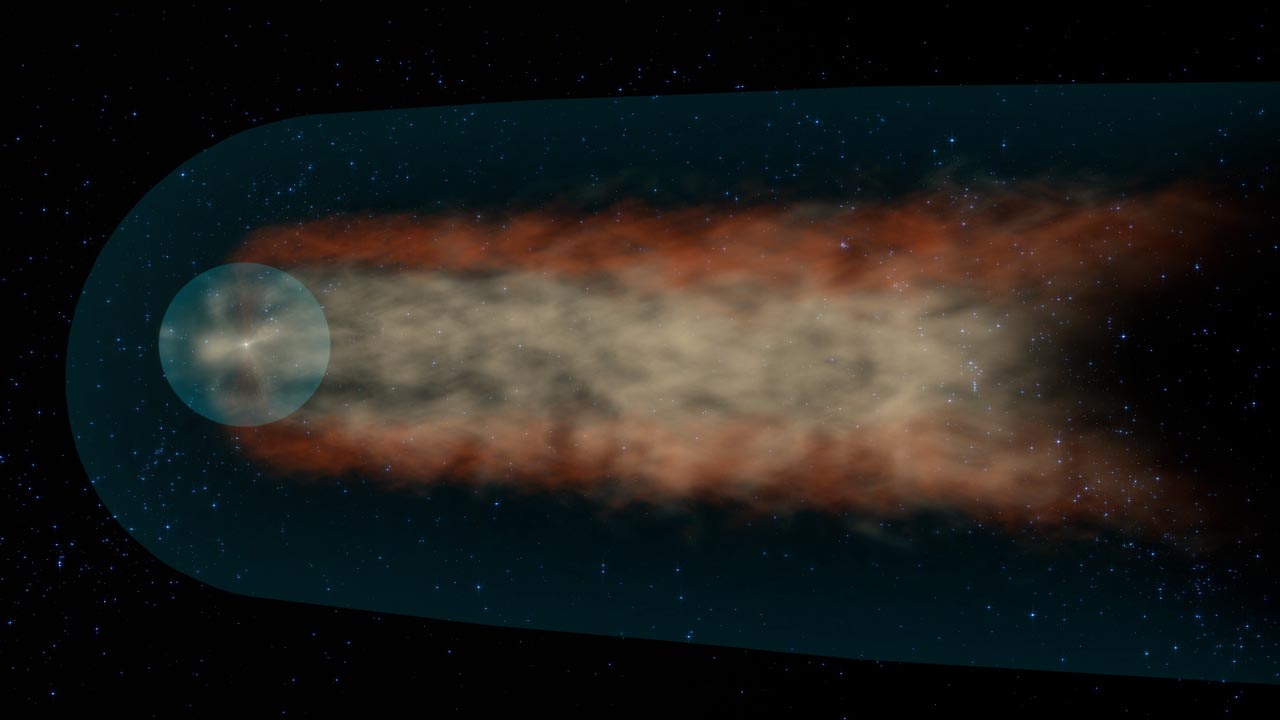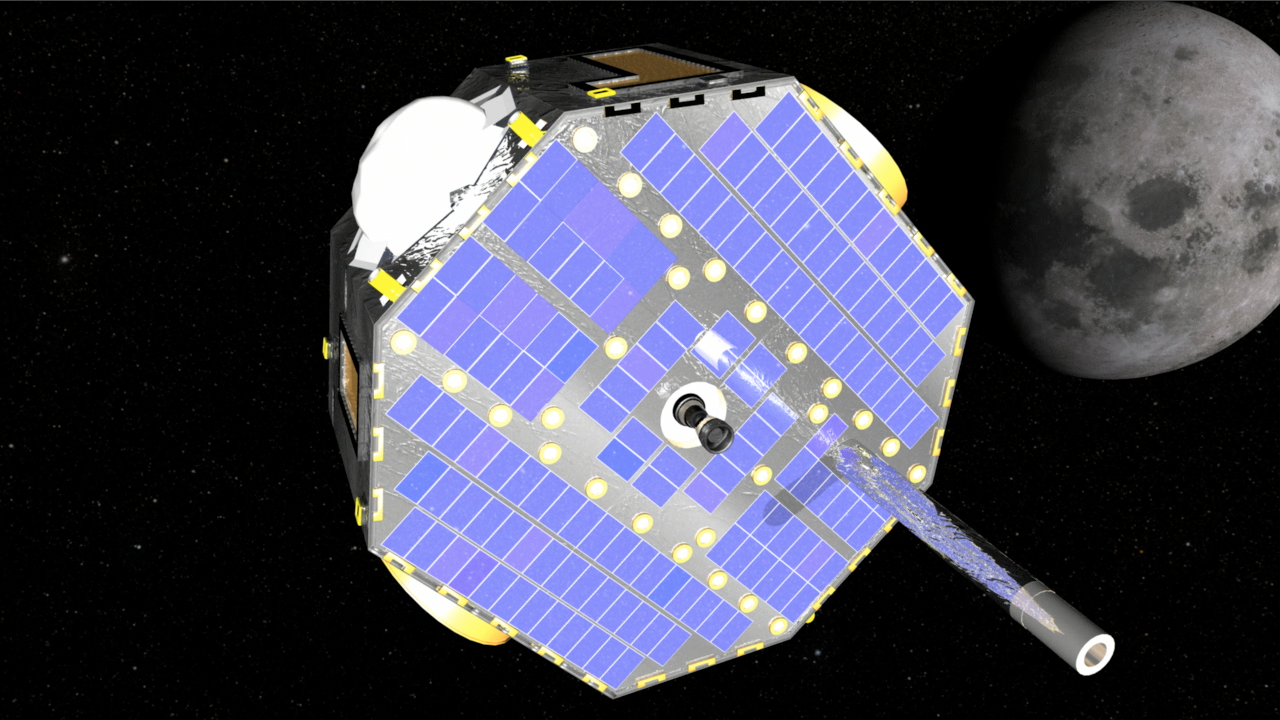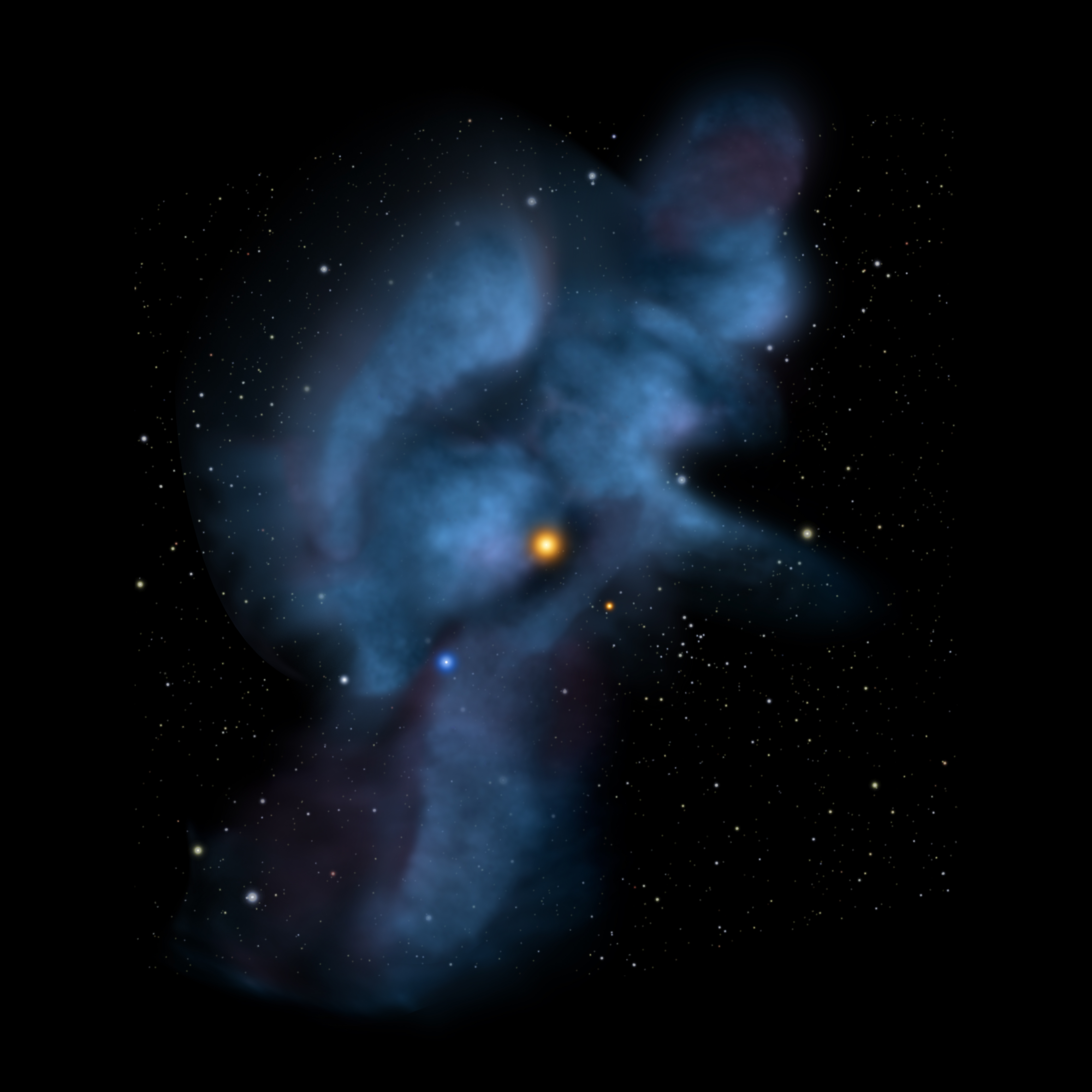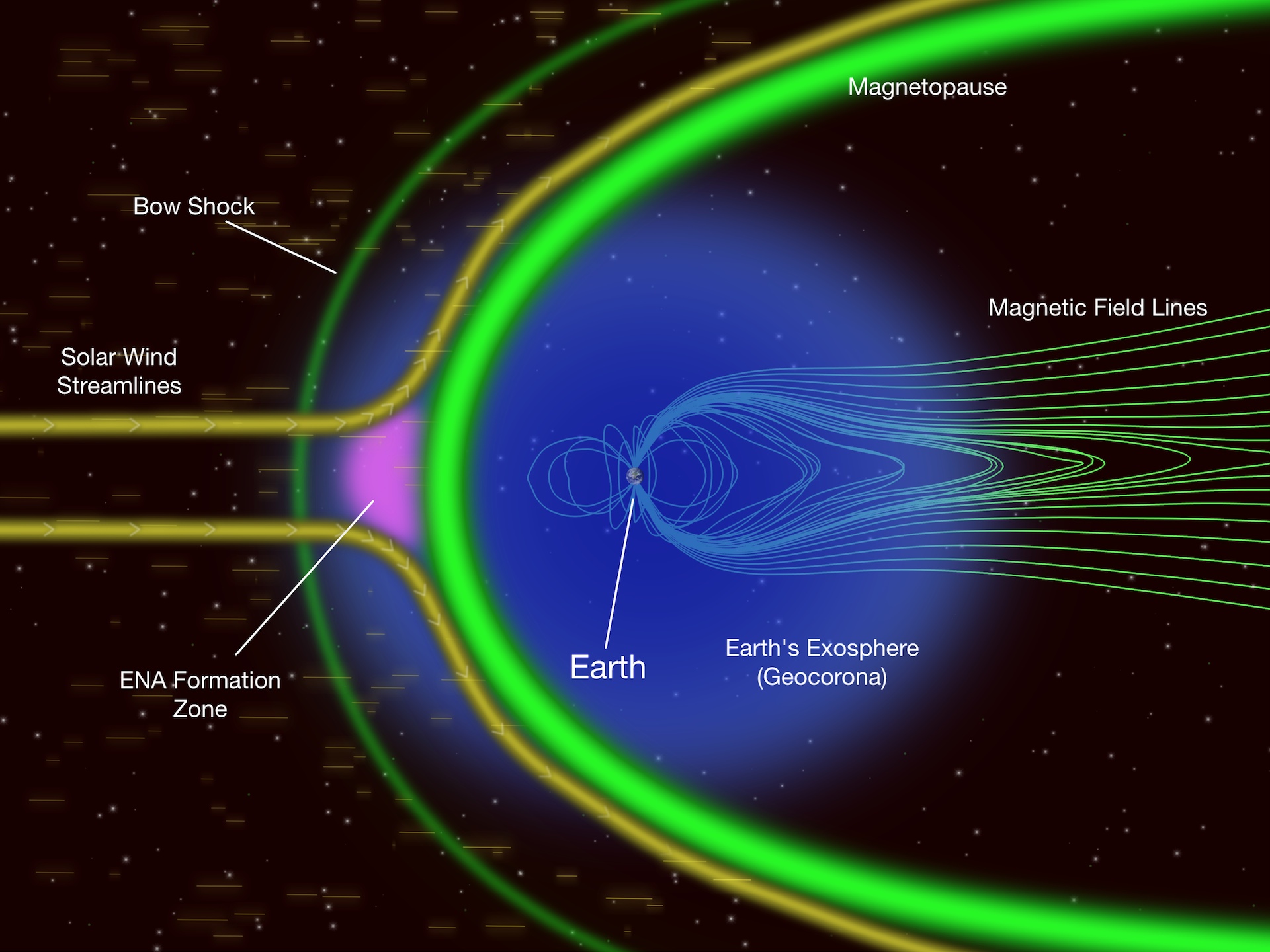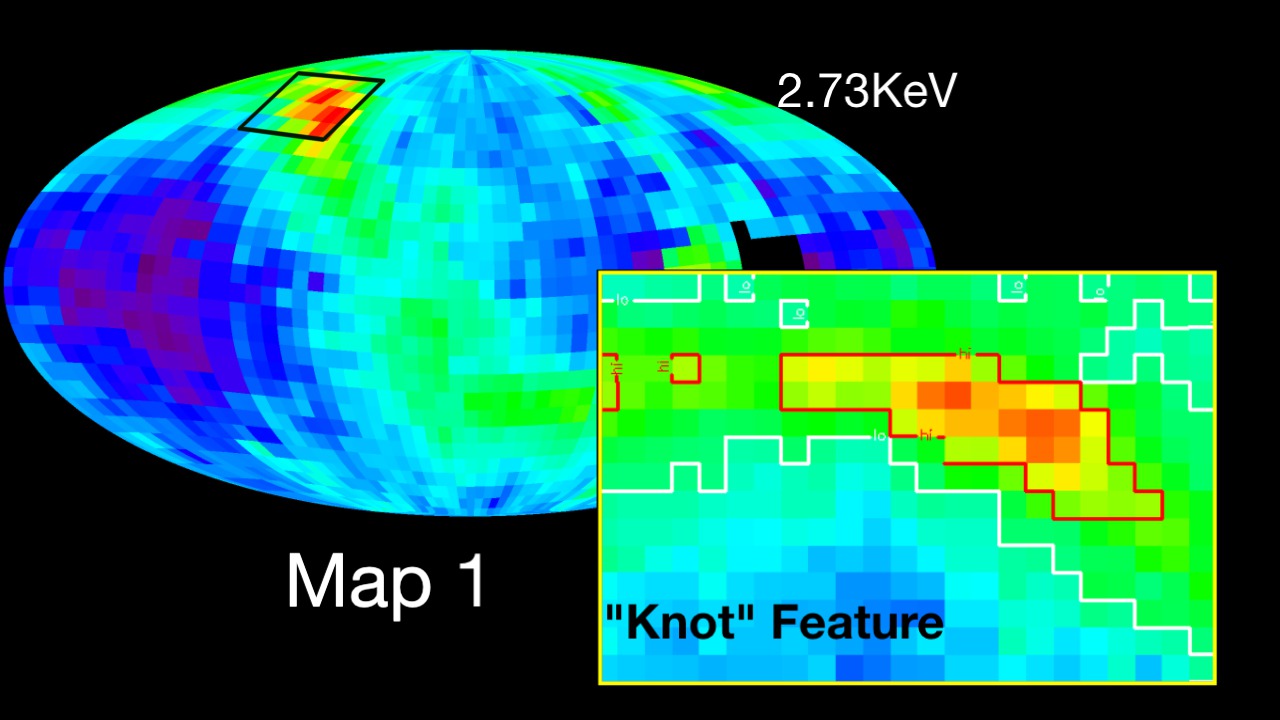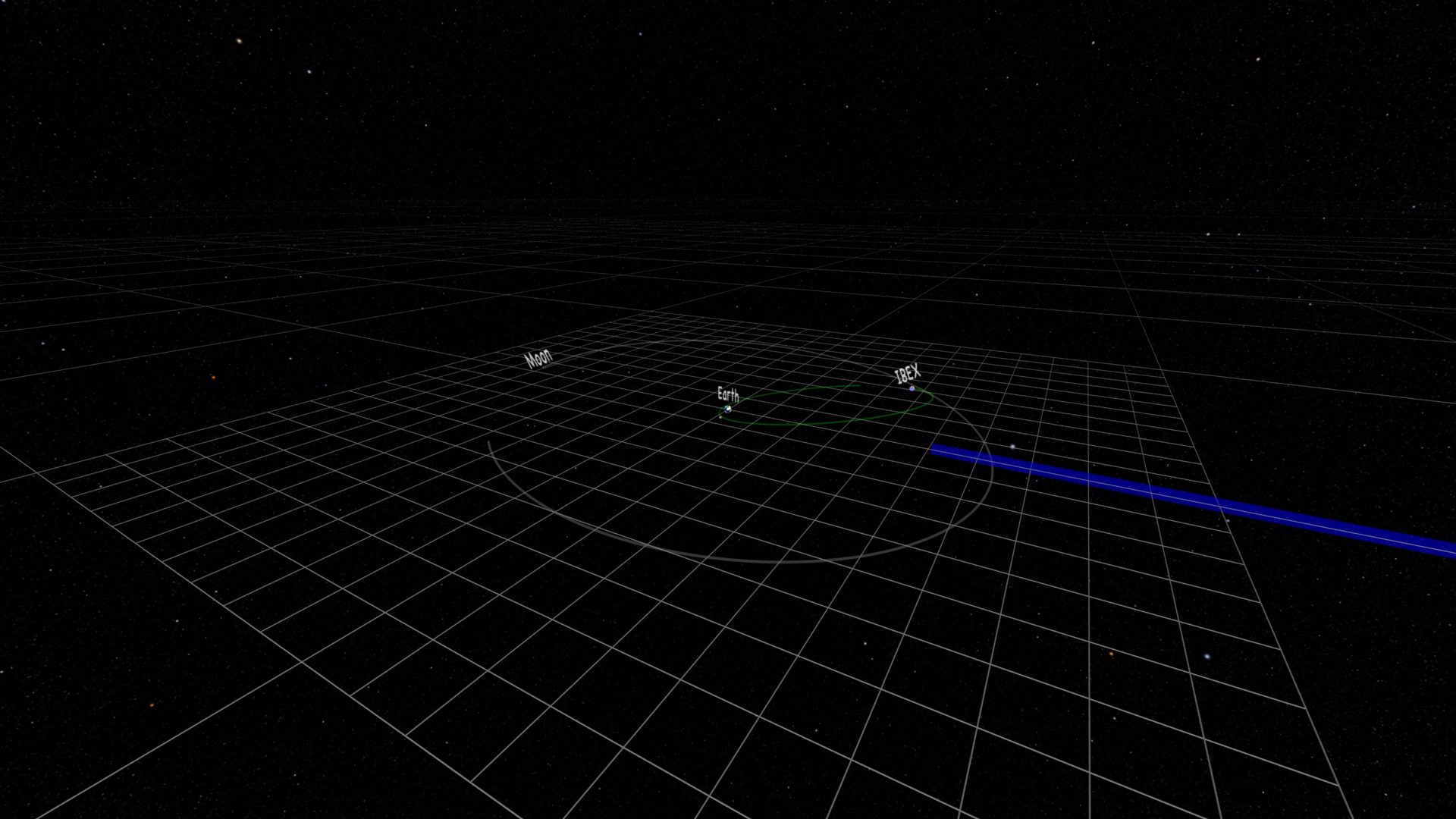Five Years of Great Discoveries for NASA's IBEX
Launched on Oct. 19, 2008, the Interstellar Boundary Explorer, or IBEX, spacecraft, is unique to NASA's heliophysics fleet: it images the outer boundary of the heliosphere, a boundary at the furthest edges of the solar system, far past the planets, some 8 million miles away. There, the constant stream of solar particles flowing off the sun, the solar wind, pushes up against the interstellar material flowing in from the local galactic neighborhood.
IBEX is also different because it creates images from particles instead of light. IBEX, scientists create maps from the observed neutral atoms. Some are of non-solar origin, others were created by collisions of solar wind particles with other neutral atoms far from the sun. Observing where these energetic neutral atoms, or ENAs, come from describes what's going on in these distant regions. Over the course of six months and many orbits around Earth, IBEX can paint a picture of the entire sky in ENAs.
During its first five years, IBEX has made some astounding discoveries.
IBEX is a NASA Heliophysics Small Explorer mission. The Southwest Research Institute in San Antonio, Texas, leads IBEX with teams of national and international partners. NASA's Goddard Space Flight Center in Greenbelt, Md., manages the Explorers Program for the agency's Science Mission Directorate in Washington.
Short narrated video.
Watch this video on the NASAexplorer YouTube channel.
For complete transcript, click here.

Alternate still image.
For More Information
Credits
Please give credit for this item to:
NASA's Goddard Space Flight Center
-
Animators
- Walt Feimer (HTSI)
- Tom Bridgman (Global Science and Technology, Inc.)
- Scott Wiessinger (USRA)
- Michael Lentz (USRA)
- Genna Duberstein (USRA)
-
Video editor
- Scott Wiessinger (USRA)
-
Narrators
- Karen Fox (ADNET Systems, Inc.)
- Erin McKinley (OSU)
- Scott Wiessinger (USRA)
-
Producer
- Scott Wiessinger (USRA)
-
Writers
- Karen Fox (ADNET Systems, Inc.)
- Scott Wiessinger (USRA)
- Genna Duberstein (USRA)
Release date
This page was originally published on Wednesday, October 30, 2013.
This page was last updated on Wednesday, May 3, 2023 at 1:51 PM EDT.
Missions
This visualization is related to the following missions:Series
This visualization can be found in the following series:Tapes
This visualization originally appeared on the following tapes:-
IBEX 5 Year Anniversary
(ID: 2013084)
Wednesday, October 30, 2013 at 4:00AM
Produced by - Robert Crippen (NASA)
Datasets used in this visualization
-
[IBEX]
ID: 207
Note: While we identify the data sets used in these visualizations, we do not store any further details, nor the data sets themselves on our site.
![Watch this video on the NASA Goddard YouTube channel.Music credits: “End of Days - Joe Mason Remix” by Connor Shambrook [BMI], Cyrus Reynolds [BMI], Flynn Hase Spence [ASCAP], Joseph Scott Mason [APRA]; “Brainstorming” by Laurent Dury [SACEM]; “Flight of the Leaf Remix” by Julie Gruss [GEMA], Laurent Dury [SAXEM]; “Ticks and Thoughts” by Laurent Dury [SACEM]; “Intimate Journey” by Laurent Vernerey [SACEM], Nicolas de Ferran [SACEM] from Universal Production MusicComplete transcript available.](/vis/a010000/a013600/a013642/13642_IBEX11years_YouTube.00214_print.jpg)
